
Fresh lemongrass is a stunning aromatic herb that everyone should be using more often. It adds a bright lemon flavor to your meals, but we’re not talking about the same flavor you get from fresh lemon. Instead, there are underlying ginger and herbal notes, ones that make lemongrass truly stand out.
Lemongrass is most well-known for its role in Southeast Asian cuisine, where it adds a zesty flavor to countless recipes. Yet, lemongrass is much more versatile than that. It’s something you can use at home in many different meals and in other ways too.
First, we have to talk about how to use fresh lemongrass, as doing so can seem a little confusing to beginners. Fresh lemongrass can be used in plenty of ways, including to make lemongrass tea, as part of a flavorful paste, in sauces and marinades, and to create a delicious simple syrup.
We also need to talk about the parts of lemongrass you’re going to use. This is crucial, as lemongrass is somewhat counterintuitive. We tend to ignore the leafy tops of lemongrass and focus on the lower parts instead, particularly the white bulb at the base.
How To Prepare Lemongrass
Before we get into specific approaches and recipes for lemongrass, let’s talk a little about the herb itself. Specifically, there are three parts of lemongrass to think about:
- The upper stalk and leaves. These are the least flavorful and most fibrous parts of lemongrass, which is why they’re rarely used in recipes. You could throw them out, although there are some exciting ways to use lemongrass leaves that we’ll talk about later.
- The lower stalk. This is the green part towards the base of your lemongrass. It tends to be more flavorful and less fibrous than the upper stalk, making it useful in recipes.
- The white bulb. This is the most powerful part of lemongrass. It’s where all the flavor is concentrated, so this is the part you’ll be using most often.
Slicing The Lemongrass

One common trick is to thinly slice the white bulb of the lemongrass and perhaps some of the lower stalk. The slices can then be stir-fried or used in a variety of other dishes.
If you plan to leave the lemongrass in your meals, you’ll need to slice it very thinly, almost paper thin (a mandoline slicer is a great tool here). Slicing the lemongrass thinly is important because even this part of the lemongrass is somewhat tough and fibrous.
Otherwise, you can use larger slices and simply remove them once they’ve imparted their flavor. For some meals, particularly curries and stews, you might add the lemongrass slices to a spice bag. This makes it easy to remove the lemongrass once the flavor is fully infused.
Mincing The Lemongrass
You can also mince lemongrass using a knife or a food processor. You may need to remove the tough outer layers first, to ensure your lemongrass is as tender as possible.
Once minced the lemongrass pieces should be small enough to be used in your recipes directly – without needing to remove them later.
If you’re worried about the herb being too fibrous, try straining the minced lemongrass through a sieve. This will help to remove any larger pieces and give you an enjoyable meal.
Bruising Or Crushing
Because lemongrass is so fibrous, you might not want to include it in the finished meal at all. To get around this, many people simply crush or bruise the lemongrass stalk using the back of a knife.
Doing so helps to release the essential oils without much effort at all. You can then simply drop the bruised stalk in your sauce, stir fry, or other meal, then remove it once you have finished cooking.
If you’re working with thin stalks, you can tie them into a knot or a bow before dropping them into your pot. This makes them easier to use and could also help with the flavor.
How To Use Fresh Lemongrass (9 Exciting Ways!)

Make Lemongrass Tea
Tea is one of the classic ways to use fresh herbs, as you can fully enjoy the herb’s flavor without much effort or many other ingredients. It’s also an excellent way to access all the possible health benefits of lemongrass and other herbs.
For lemongrass, you first need to remove the tough outer layers of the herb, then bruise the stalk to release the oil. You could also cut the stalk into smaller pieces (remember, you’re most interested in the white bulb and the lower part of the stalk).
Then, you simply add the lemongrass stalks to a pot of water and boil for roughly 10 minutes. After this, you can strain the lemongrass-flavored tea into a mug and it’s ready to go.
Some recipes add extra ingredients, such as honey or sugar for additional sweetness. You can also add other herbs or spices, like ginger or perhaps mint to create a more complex flavor profile.
Homemade Lemongrass Oil
Infused oil is an easy way to add lemongrass flavor into your meals. To do this, you simply need freshly bruised lemongrass stalks and the carrier oil of your choice.
Olive oil is a popular option here, as it offers health benefits and has a delicious flavor. Of course, you could easily use a different type of oil instead. Just be sure to choose high quality oil so that the final product has an excellent flavor.
The first step is to gently heat your oil with the lemongrass for 30 to 60 minutes. It’s important to keep the heat low here, as you don’t want the oil to boil while you’re heating it.
After heating, you can let the oil cool completely and then strain out the lemongrass stalks. The oil should now have a delicious lemon flavor and can be stored in a cool and dark place for a few months.
You can make more complex versions of the oil by using extra ingredients like ginger or mint. These versions provide even more flavor, although they’re not as versatile as straight lemongrass oil.
Grind Into A Paste
Lemongrass paste is one of the easiest ways to use lemongrass, as it’s already prepared and can simply be added to your meals. Instead of buying lemongrass paste, you can easily make your own.
Doing so lets you choose which ingredients to add to the lemongrass paste, creating the best possible flavor balance.
While this can be made with just lemongrass, many recipes include a selection of other ingredients for flavor, like garlic, galangal root, and even hot peppers. A little effort is required to make the paste initially, but once you’ve made it, you can simply add it to recipes when it’s time.
Drop Into Your Meal
For soups, stews, and curries, you can easily drop a lemongrass stalk in with the other ingredients and allow the flavors to infuse while the meal cooks. Then the lemongrass can simply be removed when it’s time for serving. This gives you plenty of flavor without any tough stalks.
You’ll need to bruise the lemongrass stalks before dropping them into the curry, as this releases the aromatic compounds.
Slice And Use In Stir-Fries
Lemongrass can also be used as an ingredient in stir-fries, where it adds a fresh and vibrant flavor. Doing so involves focusing on the white bulb of the lemongrass, as this is the most tender.
You’ll also need to trim off the tough end of the lemongrass bulb, then slice the bulb into very thin pieces. You can then use the slices as they are or bruise them with the back of a knife.
The best approach is to use the lemongrass pieces at the beginning of cooking along with other aromatics like ginger and garlic. Then you can remove the lemongrass pieces before adding the rest of your ingredients.
If the lemongrass has been ground or sliced extremely thin, you might be able to leave it in the stir-fry. Just check the texture first, as lemongrass is often too fibrous to be enjoyable.
Include In Sauces And Marinades
Lemongrass is a powerful ingredient in marinades and sauces as well. It adds a bright and vibrant flavor to the sauce, providing extra complexity and making it even more enjoyable.
There are a few different approaches you can take. One is infusion, where you can simmer bruised lemongrass in with the sauce, then remove it before serving.
Alternatively, you could puree the lemongrass with other ingredients, creating a bright base for the sauce. Doing so allows you to still get all the flavor without changing the texture of your sauce.
Homemade lemongrass oil or lemongrass paste are options too. These both provide plenty of flavor and can be easily prepped beforehand.
Create Lemongrass Simple Syrup

Lemongrass simple syrup is another fun option to experiment with. It’s basically a sugar syrup that’s been infused with flavor from lemongrass.
To make it, you simply mix together sugar and water, add bruised lemongrass stalks, then bring the pot to a simmer. Once simmering, the water can be stirred until the sugar has fully dissolved.
Then, you can remove the pot from the heat and allow the lemongrass stalks to steep for a further 30 minutes. After this, the lemongrass can be strained out and the lemongrass simple syrup can be bottled and kept in the fridge.
This syrup is a fantastic addition to cocktails, mocktails, and iced tea, adding a lemon flavor and sweetness at the same time. It can be used in other situations too like drizzling the syrup over a dessert or a fruit salad. Some savory dishes could even benefit from the syrup too, especially if they have a sweet-tart balance of flavors.
You can also create more complex and flavorful products, like this Sous Vide Vanilla-Lemongrass Syrup. The richer notes of this syrup make it a powerful addition to desserts. You could even use it in your own cocktail creations.
Infuse Into Desserts
Simple syrup uses heat to infuse the flavor of lemongrass into your sugar and water mixture. You can take this same approach with other dishes too, like infusing lemongrass into milk or cream, then using this as the base of your dessert.
You don’t even need to find an appropriate recipe. Simply look for recipes with a liquid component that could be infused with your lemongrass.
Make A Vodka Infusion
Finally, you can infuse lemongrass into vodka to create a delicious and aromatic spirit. To do so, you’re simply placing your bruised lemongrass into a clean jar or bottle with vodka and allowing the lemongrass to infuse for a few days.
After a few days, you can start to taste the vodka. Once the vodka is as flavorful as you want, you can strain out the lemongrass and store the vodka on its own.
Straining out the lemongrass is essential, as leaving it in there too long can make the flavor too strong. Your vodka might end up cloudy or bitter too.
Here too, you can experiment with other ingredients, such as ginger or perhaps some citrus peel. If doing so, try just infusing small amounts of vodka at a time, as flavorful and complex vodka won’t be very versatile.
5 Delicious Recipes Using Fresh Lemongrass

Vietnamese Noodles With Lemongrass Chicken
These Vietnamese Noodles with Lemongrass Chicken are an exciting choice, as they rely on delicious noodles, lemongrass marinated chicken, plenty of herbs, and fresh vegetables. It’s also a convenient meal, one that’s inexpensive and easy to prepare.
The bowl style is great for crowds too, as you can simply set out the ingredients and allow people to build their own meal. Doing so makes it easy for guests to avoid any ingredients they don’t like or add their own favorites into the mix.
Then there’s the lemongrass marinade. This is the most exceptional part of the recipe and an easy way to add lemongrass flavor to your chicken. You could even use it for other sources of protein as well.
Lemongrass Sour Cocktail
Then there’s this Lemongrass Sour Cocktail, which is a completely different way to use lemongrass. The cocktail is a riff on classic sour cocktails, offering a familiar sweet-sour flavor balance.
Most of the ingredients are familiar for a sour, including simple syrup, egg yolk, bitters (specifically, lemon bitters), and lime juice. The lemongrass flavor comes from freshly made lemongrass-infused vodka.
Interestingly, the recipe offers two different ways to make the lemongrass vodka. The first is the traditional cold infusion approach, while the other involves using a whipping siphon instead. Using a whipping siphon is much faster, but this is only helpful if you own a whipping siphon.
Lemongrass Curry With Vegetables And Tofu
If you love curry, then this Lemongrass Curry with Vegetables and Tofu is a great meal to try. It’s a light and vibrant curry with an interesting balance of lemongrass, ginger, and turmeric.
The use of tofu makes this a fantastic vegan-friendly meal, although there’s plenty of room to tweak the recipe. You could easily change the types of vegetables or even pick a different source of protein.
This is a particularly good recipe if you haven’t worked with lemongrass before, as it includes instructions and photos to show you how to prep the lemongrass.
Lemongrass Ice Cream
Lemongrass works well in desserts too, like in this Lemongrass Ice Cream. Lemongrass makes the ice cream delicious and refreshing – perfect as a palate cleanser after a heavy meal.
It’s also a straightforward recipe, as you only need five ingredients to create delicious ice cream. You don’t even need an ice cream maker.
Iced Sweet Thai Lemongrass Drink
Finally, we have this Iced Sweet Thai Lemongrass Drink, which would be perfect on a hot summer’s day. The ingredients are simple, just lemongrass, water, sugar, fresh lime, and a little salt.
These ingredients create a drink that’s much like lemonade, except that it has some more complex herbal undertones
Ways To Use Fresh Lemongrass Leaves

Most recipes call for the white lemongrass bulb and the lower part of the lemongrass stalk. These parts of lemongrass offer the most flavor and are the least fibrous.
Even so, you don’t need to throw out your lemongrass leaves. There are still some ways to use these, including the following.
Use For Steaming
Lemongrass leaves can be used in steaming, like by lining a steamer basket with the leaves or even wrapping food in lemongrass leaves directly. Doing so should infuse your food with a slight lemongrass flavor, one that’s less dramatic than what you get from lemongrass stalks.
Use For Boiling Potatoes, Pasta, And The Like
You could also include lemongrass leaves in the water used to boil potatoes, pasta, and other ingredients. Here too, the lemongrass would add a slight lemony flavor to your ingredients. While this flavor isn’t dramatic, it would still make your meal more engaging and add an extra layer of complexity.
Make Lemongrass Tea
Lemongrass leaves can be used to make tea in the same way as lemongrass stalks. Using the leaves gives you a milder and more delicate flavor. This approach may be appealing if you find that regular lemongrass tea is too strong.
Use In Broths
Broths too can be infused with flavor from lemongrass stalks or from lemongrass leaves. Stalks provide much more flavor, making them the most common choice. However, sometimes the milder taste of lemongrass leaves can be appealing.
Use To Stuff A Chicken
Stuffing a chicken with lemongrass leaves is an easy way to add subtle lemon notes to your chicken. You could include other aromatics at the same time, like ginger or garlic. Because chicken has such a mild flavor, the taste of lemongrass leaves can still shine through.
Use As Insect Repellent
Finally, fresh lemongrass leaves contain a natural oil called citronella, which has insect repelling properties. You can access this simply by slightly crushing the leaves and rubbing them on your skin.
Despite the citronella content, lemongrass leaves only have a mild effect. As such, they’re best when there are few mosquitos around or when you’re only outside for a little while.
Still… lemongrass is more natural than commercial insect repellents, which is a good reason for trying it.

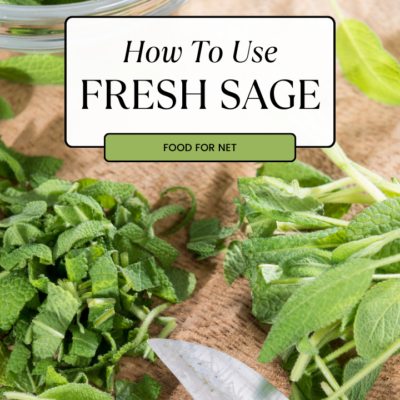
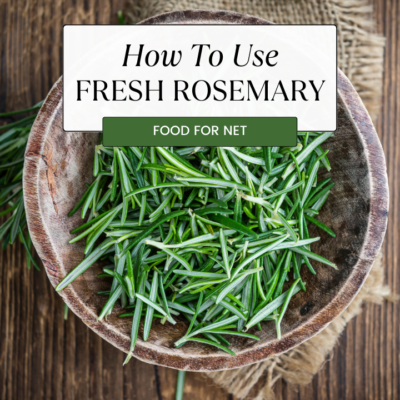
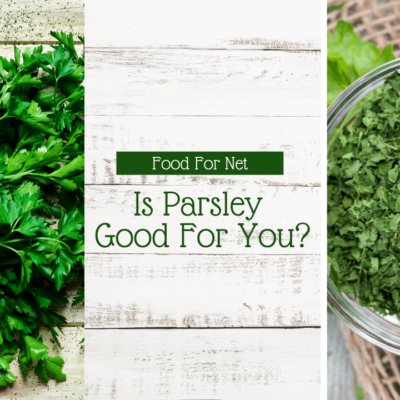
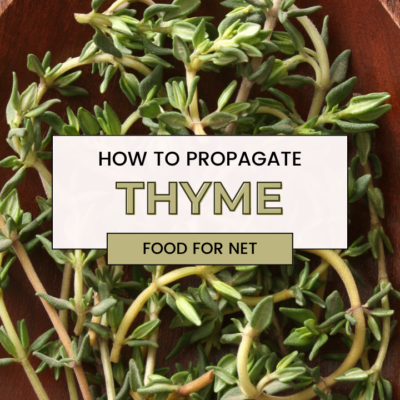
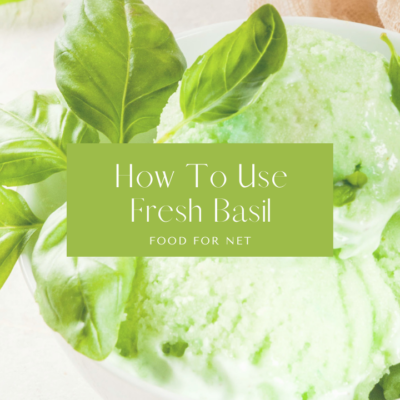
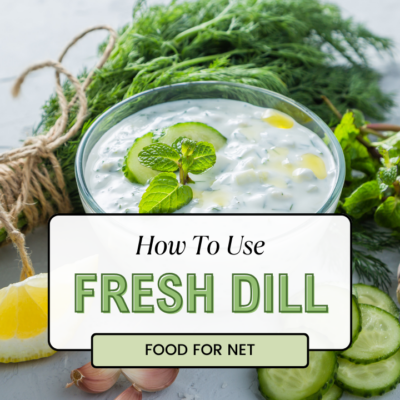
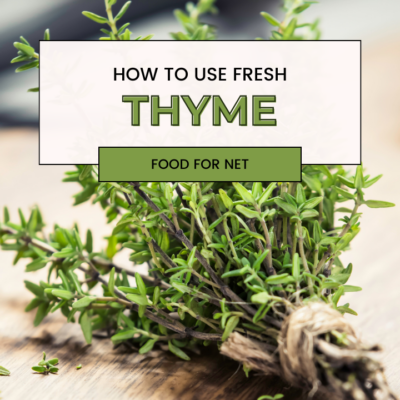


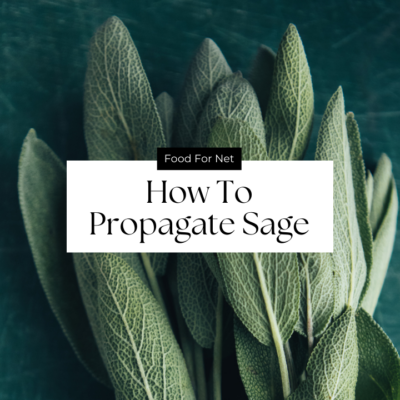
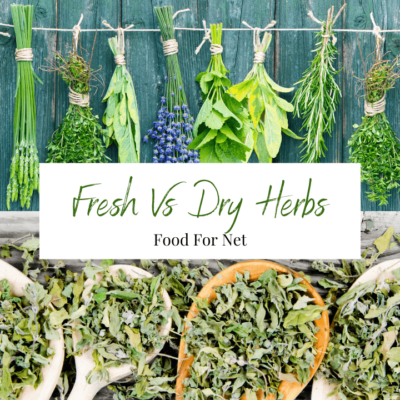
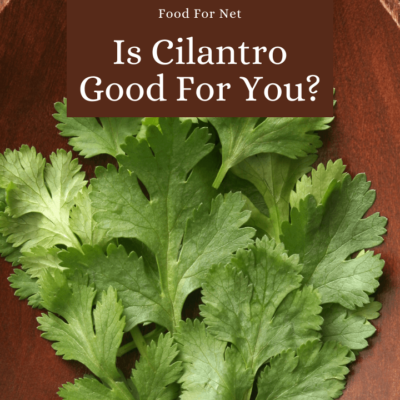

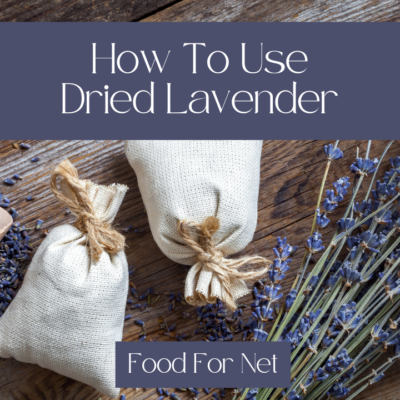
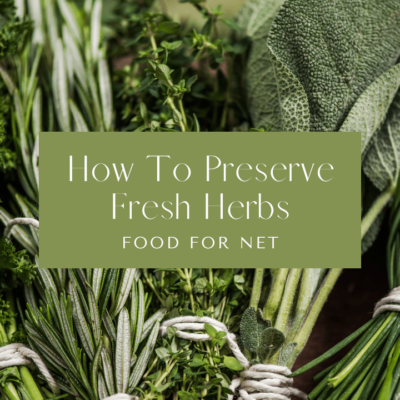

 How To Freeze Soup
How To Freeze Soup